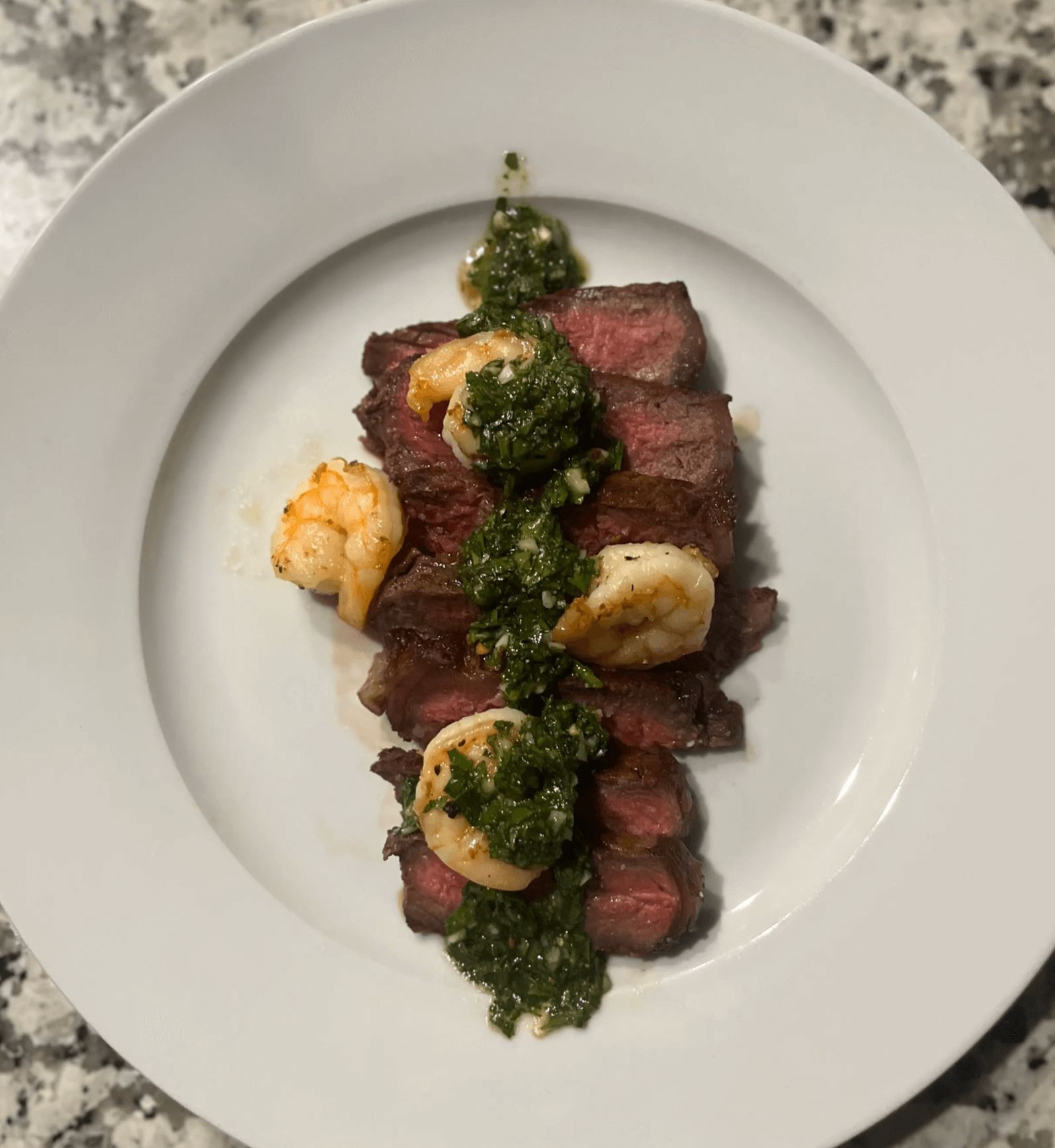- The Mouthful
- Posts
- Utilizing cornstarch better?
Utilizing cornstarch better?
+ Homemade gatorade, cast iron care, and chimichurri dinner

Good morning. Let’s dive into different ways to use cornstarch gels & slurries to help dial in texture of a dish.
Reply to let us know if there are other techniques you want us to cover to help you level up in the kitchen.
RECIPE BREAKDOWN🤯
Cornstarch gels & slurries

Why learn to use cornstarch?
While cornstarch is often used for frying and baking, there are 2 other ways you can be taking advantage of the box in your pantry:
Slurries are a staple in stir-fries, sauces, stews, and even egg dishes. It’s a key technique to know to dial in texture.
Starch slurries are made by mixing starch and cold water, and then simmered in a dish for thickening or texture purposes.
Starch gels are a more advanced technique that can help with tricky emulsions, like cheese sauces.
Instead of mixing the slurry into a dish, you cook the starch & water mixture in a pan until a gel forms, then you add that to a sauce or dish as a stabilizing agent.
How does starch thickening work?
When heated, starch granules absorb moisture and swell, causing their environment to thicken and gelate. This helps give body and viscosity to a dish or sauce.
Why do you have to make a slurry with cold water?
Adding dry starch directly to a hot liquid results in immediate clumping.
Mixing starch with cold water ensures that individual starch granules are fully dispersed, hydrated, and suspended in the liquid. This slurry can then be gradually added to the hot dish without it seizing up into clumps.
NOTE: You can use other pure starches like potato starch, but they have different thickening powers. Cornstarch is cheap, widely available, and most commonly seen in recipes.
Examples to study
1 —Stir frying
2 — Pan sauces
3 — Stabilizing pasta sauces
RECIPE RECOMMENDATIONS ✅
Starch slurry recipes to practice

Looking for other ways to use the starch slurry method? Check out our collection on Cook Well:
FOOD TRENDS 🚀
Homemade gatorade

Why is everyone making homemade gatorade?
Homemade electrolyte drinks are booming online consumers seek alternatives to excessively sweet sports beverages. Instead of grabbing a bottle off the shelf, people are mixing coconut water, citrus juice, salt, and natural sweeteners like honey or agave to craft their own post-workout hydrators.
These DIY blends offer a simpler, cleaner way to stay hydrated. Though calling these drinks "Gatorade" might seem like a stretch, homemade recipes have gained appeal: fewer ingredients, more control, and less sugar.
The big picture: As awareness grows around the downsides of processed drinks, this movement reflects a broader shift toward prioritizing health through homemade solutions. The obvious parallel here is home cooking — you can control the ingredients and tailor a recipe to your needs.
READER Q&A 🧠
Cast iron care: are you over seasoning?

Question: “Why is my cast iron sticky and how do I fix it?” - Davy K.
Answer: If your pan is becoming sticky, you might be adding too much oil when seasoning. After cleaning, use oil but wipe it out as if you made a mistake — you want as thin a layer as possible so it can polymerize into a hard patina instead of a tacky surface.
If needed, you can scrub the pan with salt or an abrasive to get rid of that thicker layer, and then refresh your seasoning as needed.
Have a culinary question? Reply to send it in for a chance to be featured and get your question answered.
WINNING READER SUBMISSION 🏆
Chimichurri dinner
This week’s dinner winner is Adrian D., who made surf & turf with a chimichurri sauce. Bravo.

Reply with your best home-cooked food photos for a chance to win & be featured!
EXTRA HELPINGS 🍽️
In a minute or less: Oversized Crème Brûlée
What we’re watching: Instant ramen taste test
Food science: Dehydration

Was this forwarded to you? Subscribe here.
Not reaching your inbox? Try this.
Need more inspiration? View the newsletter backlog.